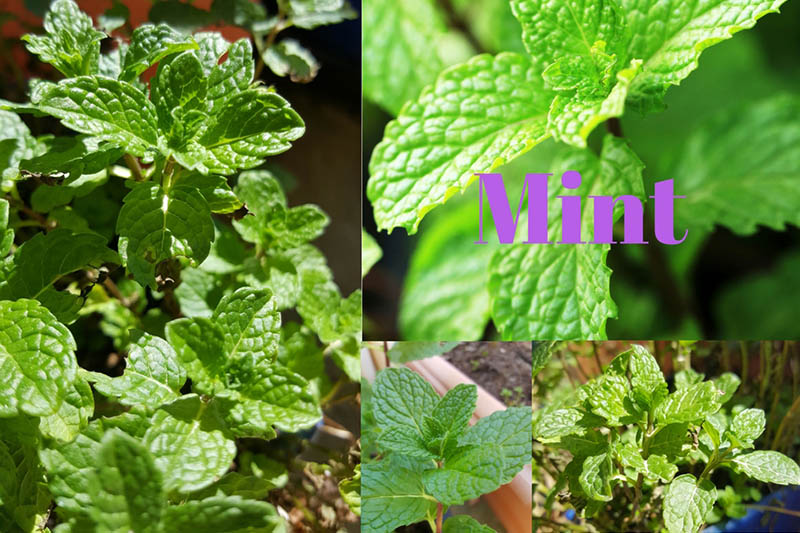
What are UTI’s? Urinary Tract Infections
Do you… Frequently or urgently need to urinate Often only pass small amounts of urine Have Pain or burning sensation when urinating These can be symptoms of urinary tract infections. There
Mentha, commonly known as mint, is a genus of plants in the Lamiaceae family. There are a number of different species of mint, along with many hybrids, due to the natural occurrence of cross-breeding between species.
Mint plants are aromatic, mainly perennial herbs with highly fragrant, toothed, opposing leaves, and tiny white, pink, or purple flowers, arranged in clusters forming whorls or a spike. Many characteristics of the mint plant can vary with differing species, but will always be characterized by a square stem. The colour of the leaves can vary from a dark green to grey, purple, blue, and even pale yellow. These plants can often grow up to about 2 – 3 feet tall, and will commonly spread out along the ground. Mint plants produce a fruit called a nutlet which contains 1 to 4 seeds. Propagation is considered an easier form of reproduction for mint. The volatile oils which are extracted from the plant are found in resinous dots located in the leaves and stems.

Mint plants thrive in light soil with good drainage and prefer a moist environment similar to their native habitats along river beds and stream banks. They tend to prefer full sun, to partial shade, with some species requiring protection from direct sunlight. They prefer a soil with a pH between 6.0 and 7.0, and only really require regular watering. Mint plants are also highly invasive and fast-growing. Mint quickly covers any ground available so they are best grown in pots or containers, and not planted within 2 feet of each other, or other plants.
Frequent harvesting is best for keeping mint plants healthy and younger leaves have more flavour than older ones. Harvesting should be done right before flowering by cutting the stems an inch from the ground. Mint can be frozen or air dried in bunches, and the sprigs will last a few days in water. You can also just pick the leaves when needed. To air dry mint, hang the stems upside down in bundles or spread them loosely on a small tray, and then store them in an airtight container.
While this herb is considered very safe, some people are highly sensitive or allergic to mint and may experience reactions such as a skin rash, dizziness, headaches, or throat irritation.
When used as an essential oil, it is advised that it does not come into contact with the skin without being diluted with a carrier oil. Essential oils should never be ingested. It is suggested that anyone using the essential oil, should conduct a patch test first to see if they are allergic.
While mint is known to soothe digestive discomfort, for people with gastroesophageal reflux disease (GERD) or hiatal hernia, mint may exacerbate the condition.
People who suffer from gallstones or liver damage should also use with caution.
Mint can also interact and cause adverse reactions with other medications.
Because it contains menthol, too much exposure to the oil can cause respiratory problems. Mint oil and menthol products should not be applied to the nose, face, or chest of a child or infant as it can cause trouble breathing.
Studies suggest that it may slow down the rate of a person’s heartbeat; therefore anyone suffering from a heart condition should not use this oil.
Symptoms of allergic reaction include skin hives and eczema, nasal congestion, runny eyes, sudden numbness of the area where the mint contacts the skin, abdominal cramps, diarrhea, headaches, migraines, dizziness, and throat irritation.
While overdose is unlikely, excessive doses of mint could result in muscle weakness, brain damage, and seizures.
It is not recommended for pregnant women to consume large amounts of this herb as it can cause uterine relaxation, leading to miscarriage in extreme situations.
Certain varieties of mint such as pennyroyal mint are more toxic than others.
You should always consult with a doctor before starting new supplements.

Do you… Frequently or urgently need to urinate Often only pass small amounts of urine Have Pain or burning sensation when urinating These can be symptoms of urinary tract infections. There
Disclaimer – Our intent is not to diagnosis but to offer information on therapy choices and practitioners. Information on this site is intended general educational purposes only. Any statements made are carefully referenced and any information, products or services discussed are not intended to diagnose, cure, treat or prevent any disease or illness. Please consult a healthcare practitioner before making a choice.